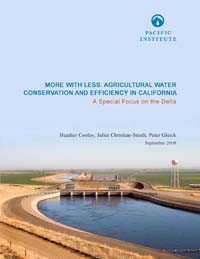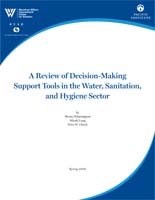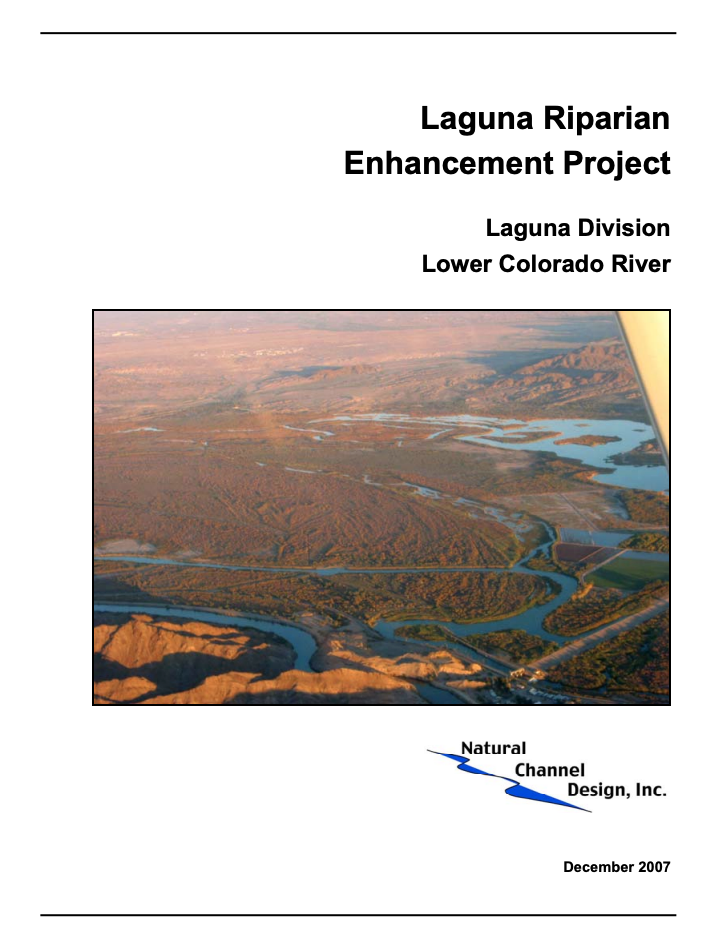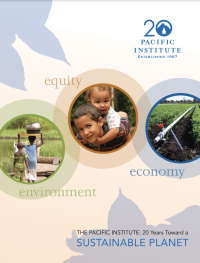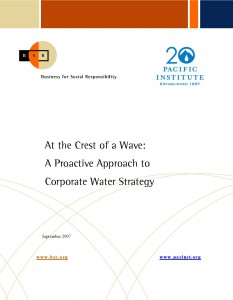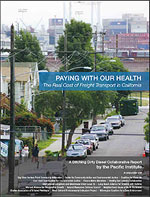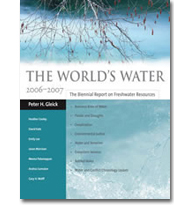National Water Priorities Budget
Following up on the “Water: Threats and Opportunities – Recommendations to the Next President” released in October 2008, the Pacific Institute offers a set of priority budget suggestions for addressing water-related challenges facing the United States. The budget amounts below are suggested first-year additions to base year funding, with additional recommendations for modest ramp-ups.


